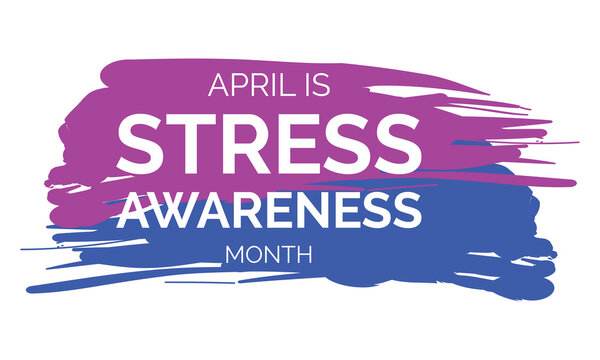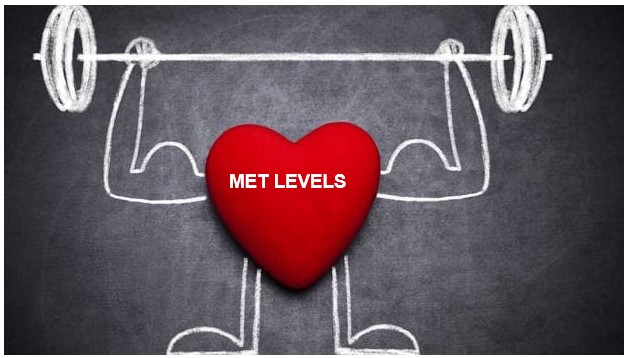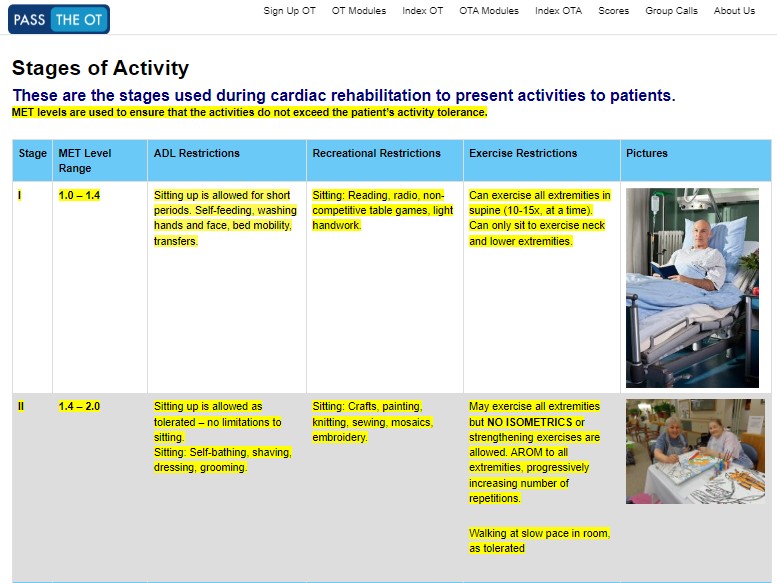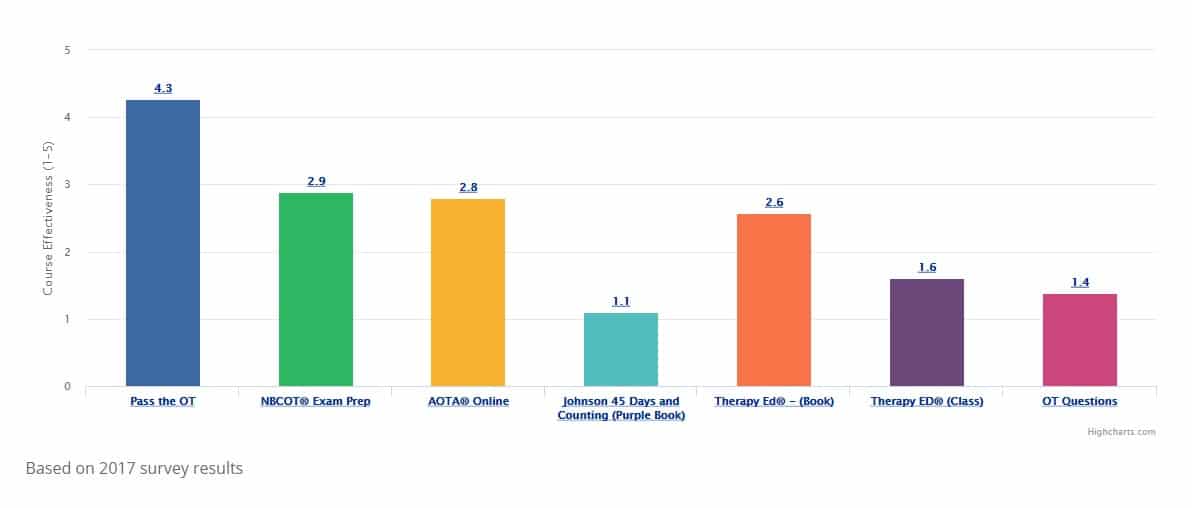
Stress Awareness Month takes place annually throughout the whole of April. In fact, it has been held every April since 1992 to raise awareness of the causes and cures for our modern-day stress epidemic.
According to the American Heart Association, ongoing stress not only takes an emotional and psychological toll, it can also produce physical symptoms. Those may include headaches, an upset stomach, tense and aching muscles, insomnia and low energy. Chronic stress has also been shown to be associated with increased cardiovascular events. The Mayo Clinic emphasizes periods of excessive and pervasive stress playing a major role in stress-induced heart failure by increasing the level of stress hormones, cortisol.
As stress has been linked to cardiac issues, we as Occupational Therapists play 2 important roles. Namely, a preventative role through education and teaching stress management techniques, and secondly, by helping patients who have experienced a cardiac event, progress through their cardiac rehab program.
When it comes to cardiac rehab, knowing about MET levels is essential so that we can safely help patients regain their independence in their ADLs. Knowing which activities expend how many METs as well as which ADLs should be performed in sitting vs standing is essential to safe practice.
Having a MET guide according to the types of activities to which we can refer, is extremely helpful and makes planning our interventions so much easier.
 This is an example of a MET Level guide.
This is an example of a MET Level guide.
A “MET” is a measure of work level used to help calculate calories and fitness level. It is defined as the amount of oxygen your body uses during exercise per kilogram of body weight per minute of exercise. Knowing your MET level can help you determine the activities you will be able complete at home. For example, someone who is able to walk on level ground at 4 mph (about 4 METs) would be able to: stock shelves, do plumbing, do general housework, bowl, golf with a pull cart, or climb stairs. The following chart may help you to determine the activities that would be safe for you based on the level of exercise you are doing in cardiac rehab.
Your Met Level:
| METs | Exercise | Recreational | Occupational | Activities of Daily Living |
|---|---|---|---|---|
| 1.5-2.0 METs | Strolling 1-1.5 mph, 1 mile in 40- 60min | Knitting, playing cards, sewing, watching TV | Desk work, driving auto/truck, sitting doing light assembly, typing, using hand tools, writing | Brushing hair/teeth, light housework, making bed, partial bath, polishing furniture, washing clothes |
| 2.0-3.0 METs | Walking 2.0-2.5 mph, 1 mile in 24- 30min Cycling outdoors 5mph | Horseback riding (walk), Light golf (power cart), Playing musical instrument, Shuffleboard, Woodworking | Bartending, Crane operation, Standing doing light or medium assembly, TV/auto/car repair, Working heavy lever | Cooking, Driving car, Ironing, riding lawn mower, Scrubbing floor, walls, cars, windows, Showering, Sweeping, Tub bath |
| 3.0-4.0 METs | Walking 3.0-4.0 mph, 1 mile in 15- 20min Cycling outdoors 5.5 mph | Billiards, Bowling, Canoeing, Croquet, Fly fishing, Golf (pulling cart), Shopping, Volleyball (non-competitive) | Baling hay, Driving heavy truck, heavy machine assembly, Janitorial work, Light welding, Operating large levers, Plastering, Plumbing, Stocking shelves | Cleaning windows, Climbing stairs (slowly), General House work, Kneeling, Light work, Packing/unpacking, Power lawn mowing (light), Sexual intercourse, Stocking shelves, Vacuuming |
| 4.0-5.0 METs | Walking 3.5-4.0 mph, 1 mile in 15-17 min, Cycling 8 mph, Calisthenics, Swimming (20 yd/min) | Ballet, Dancing, Gardening (hoeing, weeding, digging), Golf (carrying clubs), Table tennis, Tennis (doubles), Volleyball | Building interior of house, Carrying trays/dishes, Farm work (sporadic), House painting, Lifting, carrying objects (20-40 lb), Light carpentry, Mechanic work | Raking leaves, Shoveling light loads |
| 5.0-6.0 METs | Walking 4.0-4.5 mph, 1 mile in 13-15 min, Biking 10 mph | Canoeing (4 mph), Gardening (digging), Skating (ice/roller), Social/square dancing, Softball/baseball (non-game), Stream fishing | Handyman work (moving, shoveling), Heavy Carpentry, Putting in sidewalk | Raking leaves, Shoveling light loads |
| 6.0-7.0 METs | Walking/jogging 4.0-5.0 mph, 1 mile in 12-13 min, Biking 11 mph, Swimming (breaststroke) | Backpacking (light), Badminton, Hiking, Hunting, Horseback riding (trot), Skiing (cross-country 2.5 mph), Skiing (light downhill), Square dancing, Tennis (singles) | Exterior home building, Lifting, carrying objects (45-64 lb), Shoveling (10/min 9 lb), Splitting wood | Lawn mowing (push mower), Snow shoveling (light snow) |
| 7.0-8.0 METs | Walking 5 mph, 1 mile in 12 min, Biking (outdoors) 12 mph, Swimming (backstroke) 40 yd/min | Badminton (competitive), Basketball (non-game), Canoeing (5 mph), Golf (carrying bag), Horseback (gallop), Skiing (downhill vigorous) | Ascending stairs with 17 lb load, Lifting, carrying (65-84 lb), Moving heavy furniture, Sawing | |
| 8.0-9.0 METs | Jog/run 5.5 mph, Biking (outdoors) 13 mph, Swimming (breaststroke) 40 yd/min, Rowing machine, Rope jumping (60-80 skips/min) | Basketball (non-game), Handball / Squash / Racquetball, Mountain climbing, Soccer (non-team), Touch football, Tour skiing | Lifting, carrying (85-100 lb), Moving heavy furniture (moving van work), Shoveling (14 lb scoops, 10 scoops/min), Using heavy tools | |
| 9.0-10.0 METs | Jog/run 6 mph, 1 mile in 10 min | Football (competitive), Sledding/tobogganing | Heavy labor, Lumberjack, Shoveling (16 lb scoops) | Ascending stairs carrying 54 lb |
In Pass the OT”s web course we have simplified learning the MET levels by providing examples of the stages of activities (grading activities according to MET levels) used during the different phases of cardiac rehabilitation.
Here is a peek at our worksheet.





